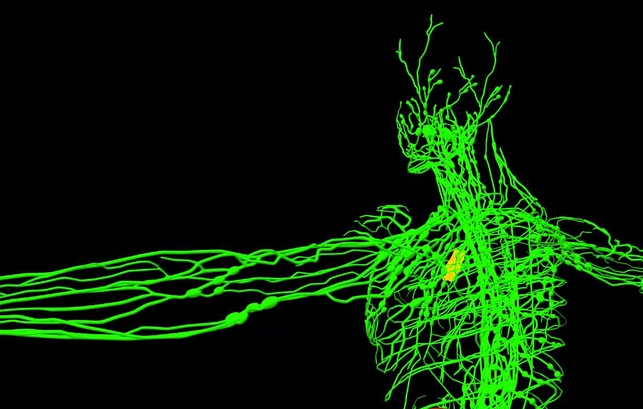Scientists report signs of potential eruption at Long Valley Caldera supervolcano
11/30/2021 / By Cassie B.

The supervolcano at Yellowstone has been the subject of much speculation, but it is another American volcano that is drawing even more concern as experts suggest that an eruption could be imminent and the results could be devastating.
Scientists have warned of “alarming signs of possible volcanic activity” at the Long Valley caldera. The supervolcano is regarded as one of the most dangerous in the world. The caldera measures 20 miles long and 11 miles wide and reaches a depth of 3000 feet, making it one of the biggest calderas on the planet.
It is situated next to Mammoth Mountain in California and was originally formed 760,000 years ago in a devastating eruption that spewed hot ash that later cooled to form the Bishop Tuff. In the eruption, ash was propelled eight miles up into the air and deposits fell as far east as Kansas.
According to scientists, there are reasons to believe that the volcano could be poised to erupt relatively soon.
Scientist Rob Nelson said: “And there are clues pointing towards an imminent eruption scattered throughout this valley — the site of the second largest explosive volcanic eruption in North America.”
Even if an eruption at the volcano does not reach the scale of previous volcanic events there, it would nevertheless pose a serious threat to the millions of people living in the area surrounding it.
An investigation by the Science Channel found several instances of smoke coming out from underneath the ground in parts of the valley.
Meanwhile, geophysicist Jared Peacock pointed to a troublesome feature that appeared in InSAR data from monitoring the region for the last two decades. One of the most concerning areas is close to the town of Mammoth Lakes in the Sierra Nevada mountains. A resurgent dome can be seen that has something underneath it pushing it upward.
Peacock and Nelson set up sensor pipes above the resurgent dome to get a closer look at what is happening deep below the earth. They were able to detect changes in the magnetic field there that indicated significant amounts of liquid residing below the dome’s surface, which is considered an unmistakable sign of volcanic activity. The activity was not centralized, however, which does provide some relief.
However, geologists who studied the caldera for a study in the science journal Geoscience World uncovered evidence of a ground deformation in the supervolcano and reported an ongoing uplift that indicates new magma could have made its way into the reservoir.
The study said: “Despite 40 years of diverse investigations, the presence of large volumes of melt in Long Valley’s magma reservoir remain unresolved.”
The scientists added that there are likely more than 240 cubic miles of melt, more than a quarter of which may be hot enough to be scorching liquid rock.
A supervolcano eruption would be catastrophic
If the long valley caldera or any other supervolcano, for that matter, were to erupt today, it could be catastrophic. It could impact the global climate and send the earth into a volcanic winter that could result in widespread famine as well as a significant population disruption.
Supervolcanoes operate differently from regular volcanoes, and scientists do not understand the mechanisms through which they evolve and erupt as well as they understand standard volcanoes. Volcanologists have been working to understand the source of the pressure that triggers massive eruptions in supervolcanoes, but there are still many unknowns.
In September, a study warned that a catastrophic supervolcano eruption could be a lot more likely than originally believed, with researchers finding that eruptions could occur even if liquid magma is not found.
Sources for this article include:
Tagged Under: catastrophe, Climate, Collapse, discoveries, Ecology, environment, eruption, Long Valley caldera, natural disaster, real investigations, supervolcano, volcano
RECENT NEWS & ARTICLES
COPYRIGHT © 2017 REAL INVESTIGATIONS NEWS



















